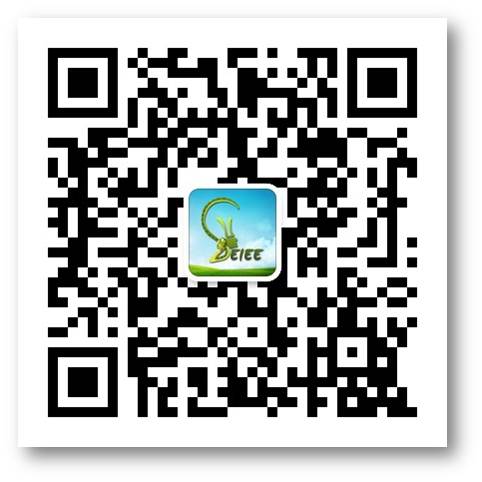- Home
- About Us
- Students
- Academics
-
Faculty
- Electrical Engineering
- Automation
- Computer Science & Engineering
- Electronic Engineering
- Instrument Science and Engineering
- Micro-Nano Electronics
- School of Software
- Academy of Information Technology and Electrical Engineering
- School of Cyber Security
- Electrical and Electronic Experimental Teaching Center
- Center for Advanced Electronic Materials and Devices
- Cooperative Medianet Innovation Center
- Alumni
-
Positions
-
Forum
News
- · Bin Dai's Team Unveils the Assembly Mechanism of β-Lactoglobulin Fibrils, Providing New Insights for the Development of Functional Nanomaterials
- · Mingyi Chen’s research group has made important progress in the field of analog-to-digital converter chips for brain-computer interface
- · Progress in the Development of Semiconductor Nanomaterials to Activate Pyroptosis for Cancer Therapy
- · Jiamiao Yang’s team achieved the high precision optoelectronic reservoir computing based on complex-value encoding
- · Significant Advancements in Resonator-Enhanced Quantum Sensing Achieved by Zenguihua's Team at the School of Sensing Science and Engineering
Inertial System and Global Positioning System Technology Trends
Time: 9:00-11:30am, Oct. 28, 2011
Speaker:IEEE Distinguished Lecturer,Dr. George T. Schmidt
Abstract:
This presentation gives a roadmap
for the development of inertial sensors, the Global Positioning System (GPS),
and integrated inertial navigation system (INS)/GPS technology. This roadmap
will lead to better than 1-m accuracy, low-cost, moving platform navigation in
the near future. Such accuracy will enable military and civilian applications
which were previously unthought-of a few years ago. After a historical
perspective, a vision of the inertial sensor instrument field and inertial
systems for the future is given. Accuracy and other planned improvements for
GPS are explained. The trend from loosely-coupled to tightly-coupled INS/GPS
systems to deeply-integrated INS/GPS is described, and the synergistic benefits
are explored. Some examples of the effects of GPS interference and jamming are
illustrated. Expected technology improvements to system robustness are also
described. Applications that will be made possible by this new technology
include personal navigation systems, robotic navigation, and autonomous systems
with unprecedented low-cost and accuracy.
Biography:
George
T. Schmidt is a Distinguished Lecturer for the Institute of Electrical and
Electronic Engineers (IEEE) Aerospace and Electronic Systems Society. He is
Editor-in-Chief of the American Institute of Aeronautics and Astronautics
(AIAA) Journal of Guidance, Control, and Dynamics. He is also a Lecturer
in Aeronautics and Astronautics at the Massachusetts Institute of technology
(MIT) and an industry consultant in guidance, navigation, and control. He is
currently Director of the NATO Research and Technology Agency (RTO) Lecture
Series on Low Cost Navigation Sensors and Integration Technology. He is an AIAA
Fellow, an IEEE Life Fellow, and he is an elected member of the Russian
Federation, Academy of Navigation and Motion Control. Until 2007 he was the
Director of Education at the Charles Stark Draper Laboratory, Cambridge,
Massachusetts. Prior to that position, he was the Leader of the Guidance and
Navigation Division and Director of the Draper Guidance Technology
Center. His major technical activities have been in control system design for
missiles, aircraft, and manned spacecraft; Kalman filtering applications; and
integration techniques for high-resolution synthetic aperture radars, satellite
navigation systems, and inertial sensors. He has served the NATO RTO (formerly
AGARD) in many positions since 1968, including as a U.S. member of the Guidance
and Control Panel. He has received several awards including the AIAA
International Cooperation Award in 2001 and the NATO RTO highest technical
award, the von Kármán Medal in 2005. He is author or contributing author of
more than 80 technical papers, reports, encyclopedia articles, and books. He
received his S.B. and S.M. degrees in Aeronautics and Astronautics from MIT and
his Sc.D. in Instrumentation from MIT.
Dr. George T.
Schmidt
Massachusetts Institute
of Technology,
10 Goffe
Road,Lexington, MA, USA 02421
gtschmidt@alum.mit.edu
-
Students
-
Faculty/Staff
-
Alumni
-
Vistors
-
Quick Links
